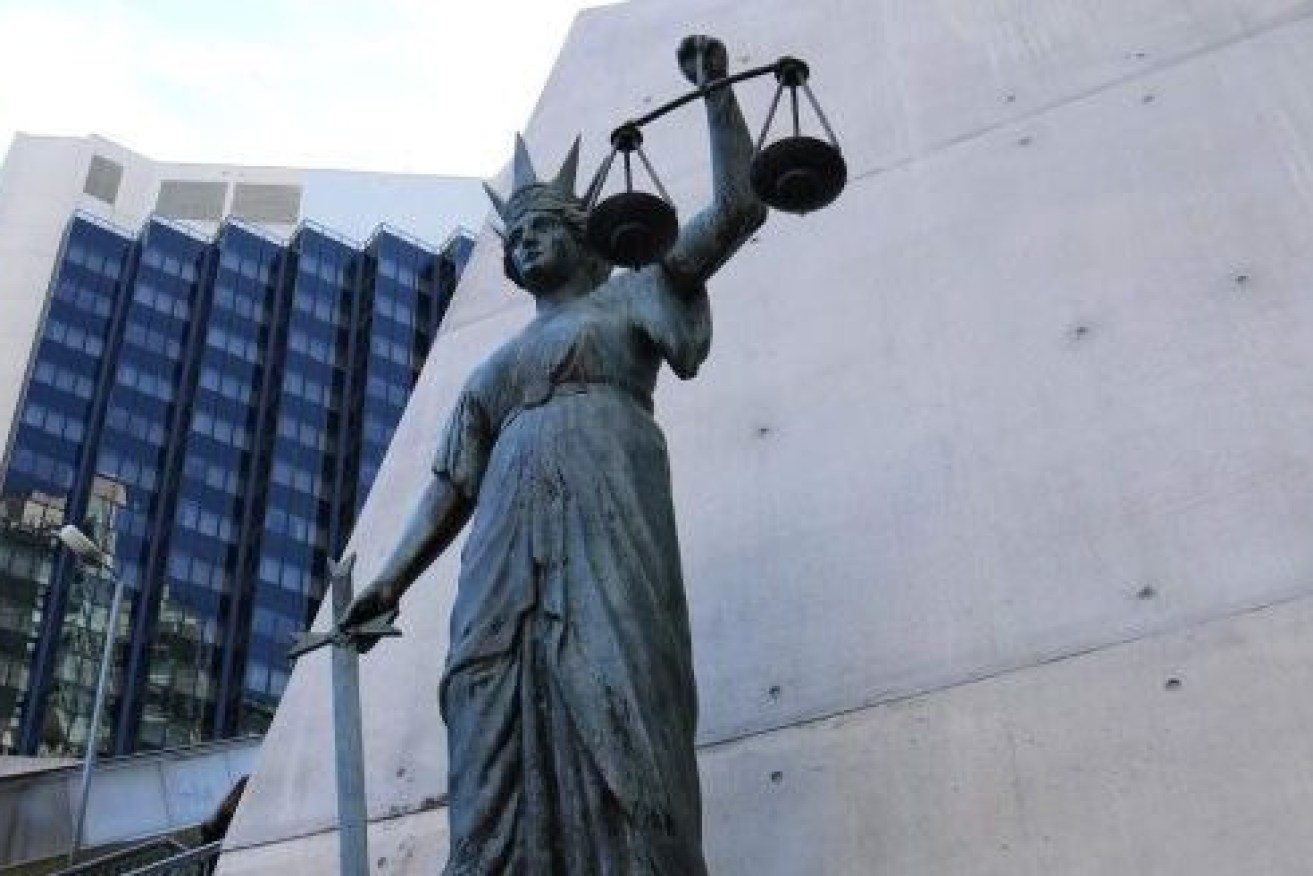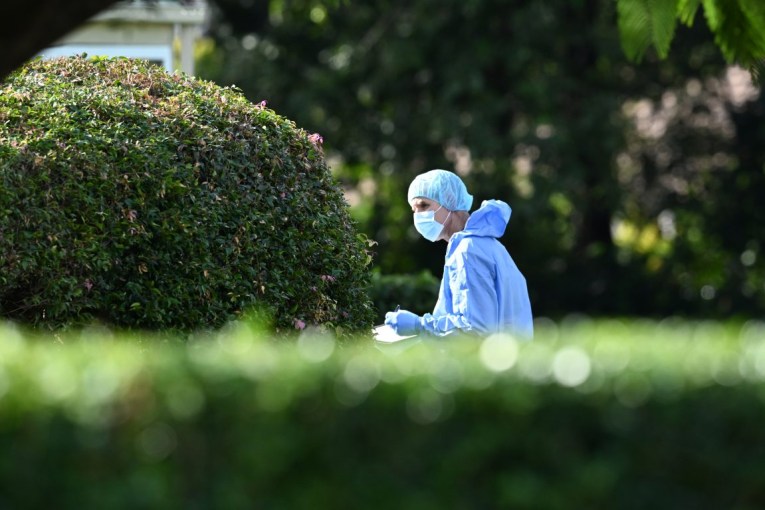Childrens Court report paints bleak picture of juvenile justice
One in five young people who front court previously had a Child Protection Order meant to keep them out of trouble.

File image.
Amid ongoing questions over the effectiveness of government interventions, Childrens Court President Margaret Richards has revealed a 10 per cent surge in Child Protection Orders, with 6,810 applications dealt with in 2019-20.
The court will grant such an order if a child is deemed to be in need of protection, having been harmed themselves or at an unacceptable risk of harm. It is a reflection of the family’s ability to keep the child safe and the court will seek to engage supposed caregivers.
In the court’s annual report, tabled in parliament this week, Judge Richards warned that the number of defendants who had previously been the subject of an order was “a matter of concern”.
“In the last financial year 20.5 per cent of children appearing before the Childrens Court of Queensland had prior protection orders,” Richards said.
“It reflects a system which is struggling to cope with the number of children in need of protection. Very few of the children that appear before the court are in foster care. Most of those children are in residential care facilities from which they regularly abscond.”
As young people drift from families and the child protection system, they come to the attention of the justice system, where efforts are now being made to keep them out of custody wherever possible. In 2019-20, more cautions were issued by police, the number of restorative justice conferences increased, and an expansion of watch houses reduced long stay cases.
However, 10 per cent of all young offenders still committed 44 per cent of offences in 2019-20, in line with long-term trends. Richards acknowledged ongoing efforts to “engage differently with young people in trouble with the law to enable them to see a future within society”.
The judge revealed the challenge of young defendants not understanding the court system, or related processes, leaving them at risk of legal mistakes or becoming repeat offenders.
This emerging language barrier has prompted the Childrens Court to start using “information statements” for defendants, a practice expected to also start in the Magistrates Court this year.
“Difficulties with receptive and expressive language skills are being identified at higher rates in young people in custody which disadvantages a young person in the criminal justice system during police investigations or trial, participation in programs, engagement with educational and vocational programs and in restorative justice contexts,” Richards said.
The report comes after law and order, in particular rates of youth crime in the regions, featured prominently in the state election campaign. The Liberal National Party controversially promised to trial a youth curfew but its candidates failed to win the relevant seats.












